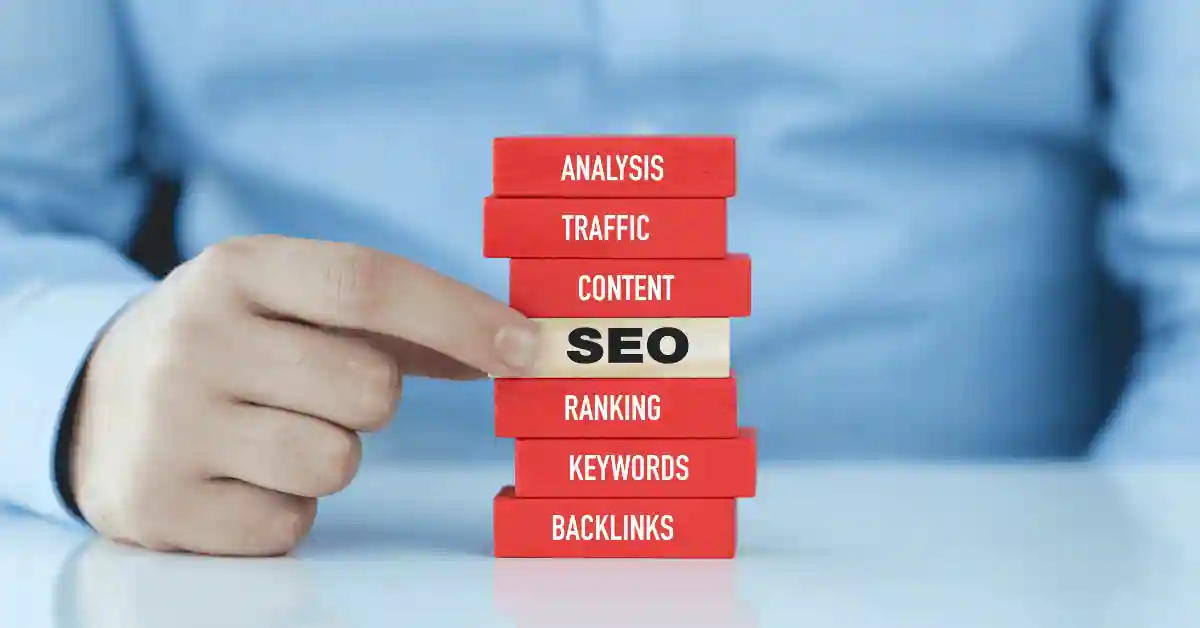Let’s be honest: it’s hard to make a splash online if your web page isn’t visible to anyone. Improvement of a web page’s visibility isn’t just a nice-to-have; it’s a must-have if you want your content, products, or services to reach the right audience.
Whether you’re running a blog, a small business, or an e-commerce site, higher visibility means more traffic, better conversions, and a stronger online presence. But how do you get noticed in the crowded digital world? Don’t worry—we’ve got your back.
From SEO tips to UX design tweaks, we’ll dive into the most effective ways to boost your page’s visibility and skyrocket your search rankings. Stick around because by the end of this post, you’ll have all the tools you need to rank higher, faster, and smarter.
1. What is Web Page Visibility and Why Does It Matter?
Visibility is the key to success online. It’s how easily people can find your site through search engines like Google. The more visible your site is, the more opportunities you have to connect with your target audience. Without visibility, even the most amazing content is like a tree falling in a forest—no one hears it.
Key Factors Affecting Web Page Visibility:
- SEO Best Practices: Keywords, meta tags, backlinks, and more.
- Technical SEO: Speed, mobile-friendliness, and crawlability.
- User Experience: A seamless and engaging site structure.
2. Use SEO to Your Advantage: The Basics of Ranking High
When it comes to improving visibility, SEO (Search Engine Optimization) is your best friend. Optimizing your web page means tweaking everything from your title tags to your image alt text to ensure that Google knows what your page is about and ranks it accordingly.
Best SEO Tips for Quick Results:
- Keyword Research: Use related terms like “web pages visibility” and “improvement of a web page” to target the right audience.
- On-Page SEO: Optimize headers, meta descriptions, and body text.
- Content Quality: Google loves long-form, informative content.
3. Content Quality: Make It Engaging and Relevant
If you want to increase your web page’s visibility, your content needs to stand out. Offering value to your audience and addressing their pain points is key. Plus, fresh, relevant content is a ranking factor that Google’s algorithm loves.
How to Create Content that Works:
- Focus on the User: Provide real solutions to common problems.
- Update Regularly: Search engines favor sites that keep content fresh.
- Leverage Multimedia: Images, videos, and infographics help increase engagement.
4. Optimize for Mobile: The World is on Their Phones
Did you know that over 50% of all web traffic comes from mobile devices? If your web page isn’t mobile-friendly, you’re missing out on tons of potential visitors. In fact, Google’s mobile-first indexing means that your mobile site is now the primary factor in determining rankings.
How to Optimize for Mobile:
- Responsive Design: Ensure your site adapts to different screen sizes.
- Fast Loading Speed: Mobile users expect instant access.
5. Speed Matters: How Fast Is Your Site?
In today’s fast-paced world, speed is everything. A slow website can drive visitors away faster than you can say “bounce rate.” Google has made it clear that page speed is a ranking factor, so it’s not just about user experience; it’s about SEO too.
Quick Ways to Improve Site Speed:
- Image Compression: Reduce large image file sizes.
- Leverage Browser Caching: Store frequently accessed files locally for faster loading.
- Minimize HTTP Requests: Reduce unnecessary elements that slow down your page.
6. Backlinks: Why They’re Still King
Backlinks, or links from other websites to your page, are a major ranking factor. Google sees these links as votes of confidence, signaling that your content is credible and worth reading.
How to Get Quality Backlinks:
- Guest Blogging: Write guest posts for high-authority sites.
- Create Link-Worthy Content: Infographics, research studies, and in-depth guides attract links.
- Build Relationships: Network with industry influencers and bloggers.
7. User Experience (UX): The Secret to Keeping Visitors on Your Page
Google’s algorithms are increasingly focused on user experience, meaning that if visitors bounce from your site after a few seconds, Google won’t be sending them back. That’s why it’s critical to design your website with usability in mind.
UX Tips for a Smooth Experience:
- Clear Navigation: Make it easy for users to find what they need.
- Readability: Use legible fonts, short paragraphs, and bullet points.
- Engaging CTAs: Call-to-action buttons should be easy to find and compelling.
8. Technical SEO: Making Sure Google Can Find You
Technical SEO may sound intimidating, but it’s essential for improving web page visibility. If Google can’t crawl your site properly, you won’t show up in search results.
Key Technical SEO Fixes:
- Sitemap: Ensure your sitemap is submitted to Google Search Console.
- Fix Crawl Errors: Regularly check for broken links or missing pages.
- Schema Markup: Use structured data to help Google understand your content.
9. Improve Your On-Page SEO: More Than Just Keywords
On-page SEO is about optimizing individual pages for specific keywords and user intent. It’s not just about stuffing your page with keywords—it’s about making your content clear, comprehensive, and useful to your readers.
On-Page SEO Checklist:
- Title Tags: Include the focus keyword near the beginning.
- Meta Descriptions: Write enticing meta descriptions to improve click-through rates.
- Header Tags: Use H1 for your title and H2/H3 for subheadings to organize your content.
10. The Power of Social Signals
While social media doesn’t directly affect SEO rankings, social signals (like shares and engagement) can increase traffic and indirectly improve visibility. A well-shared post means more exposure, more backlinks, and more visitors to your site.
Boost Social Engagement:
- Post Regularly: Consistent posting keeps your audience engaged.
- Engage with Followers: Respond to comments and participate in conversations.
- Promote Content: Share your latest blog posts or offers on social media platforms.
11. Regularly Monitor Your Performance
You can’t improve what you don’t measure. Use analytics tools like Google Analytics and Search Console to track your site’s performance. This helps you identify what’s working and where you need to make adjustments.
Metrics to Track:
- Organic Traffic: How much traffic is coming from search engines?
- Bounce Rate: Are visitors sticking around, or are they leaving quickly?
- Conversion Rate: Are your visitors taking the desired actions on your site?
Conclusion:
Improving your web page’s visibility isn’t rocket science, but it does take time and effort. From optimizing for SEO to improving user experience and page speed, each step plays a critical role in helping you rank higher on Google and attract more visitors.
So, what are you waiting for? Start implementing these strategies today and watch your visibility (and traffic) soar!
Final Tips:
- Stay consistent with your efforts and monitor results.
- Keep up with the latest SEO trends and Google algorithm updates.
- Focus on providing value, and the rankings will follow.
FAQ’s
1. What is the best way to improve a web page’s visibility?
Focus on optimizing your website for SEO, improving load speed, using relevant keywords, and enhancing user experience. Backlinks and mobile optimization are also key factors.
2. How long does it take to see improvements in web page visibility?
It can take anywhere from a few weeks to several months depending on the competitiveness of your keywords and how much optimization you’ve done.
3. Does social media impact my web page’s visibility?
Yes, social media can drive traffic to your site and generate backlinks, indirectly improving your SEO and overall visibility.
4. What are the most important SEO ranking factors?
Content quality, keyword usage, backlinks, mobile-friendliness, page speed, and user experience are all top factors that affect SEO rankings.
5. How can I make my website more mobile-friendly?
Use responsive design, optimize images for faster load times, and ensure all elements are easy to navigate on smaller screens.






